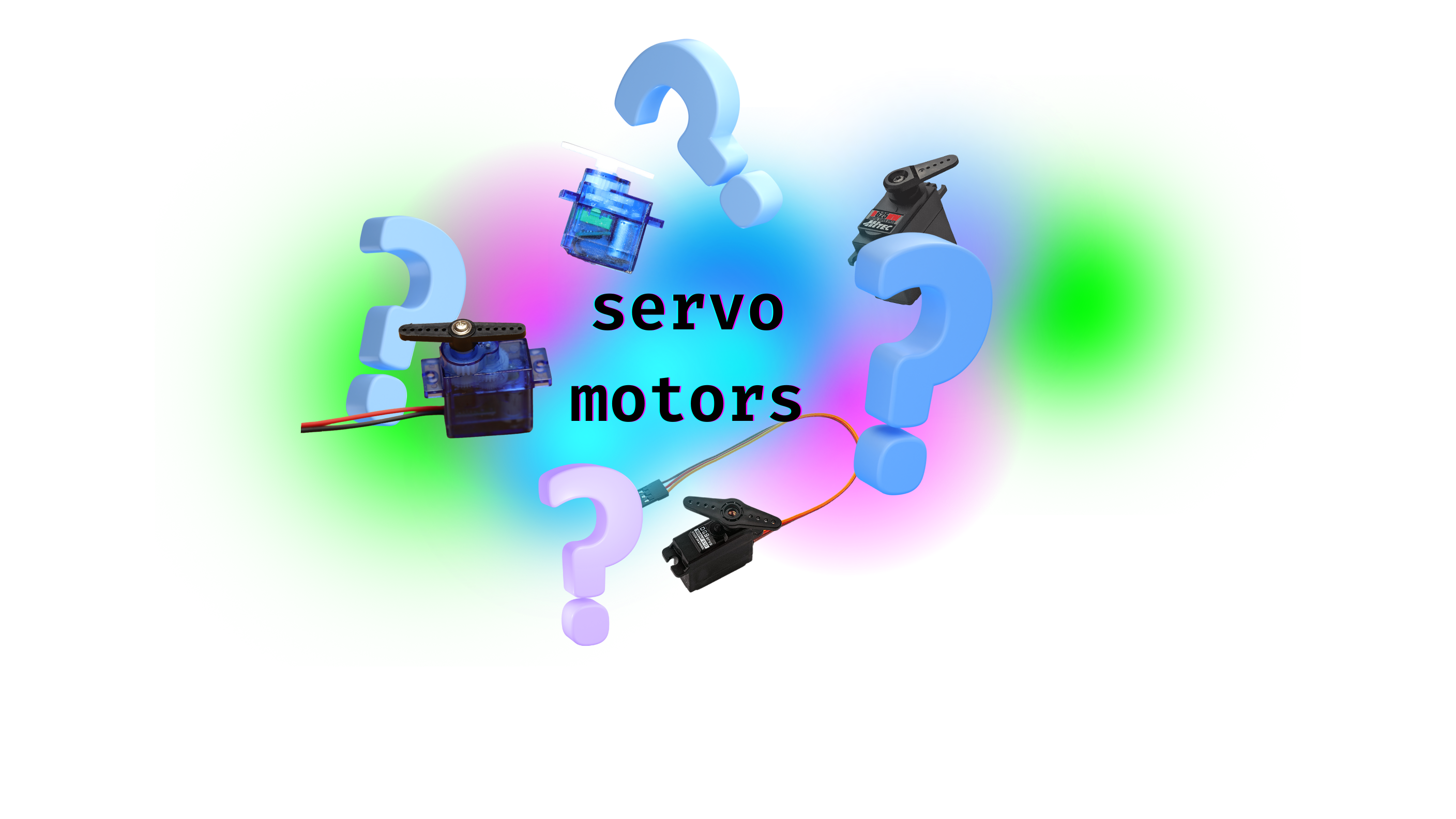-
All The WTF’s of Servo Motors & Programming
So… you’ve got a project that uses servos. Perhaps you have a driver, great! If you’re like me, you’ve probably started out with a failure or two, and that’s fine if you can afford to fail; [regardless, it’s a lesson you’ll learn and grow from] but, for those who are more organized, less chaotic –who…
-
What is ‘uint8_t’?
How Does It Work? Why is it Useful? Example in ESP32 Programming: If you’re controlling the brightness of an LED using Pulse Width Modulation (PWM), you might use a uint8_t variable to represent the brightness level, since the value ranges from 0 (off) to 255 (fully bright). Summary:
-
I2C vs Serial (UART)
Summary I2C is best for applications where you need to connect multiple sensors and devices to a single microcontroller with minimal wiring, while Serial (UART) communication is ideal for simple, long-distance, or point-to-point connections. Both protocols are essential tools in the realm of microcontroller and sensor communication, each serving distinct purposes and providing different advantages…

Programming
Microcontrollers
ESP32, R-PiPico, Raspberry Pi, XIAO-ESP32-C3, Arduino, etc.
Languages
C/C++, MicroPython, Python, C#, etc.
Tools & Tips
IDEs, hints, helpful apps, features and misc. useful things
Troubleshooting
How to get the code working, quick fixes, known issues, etc.


